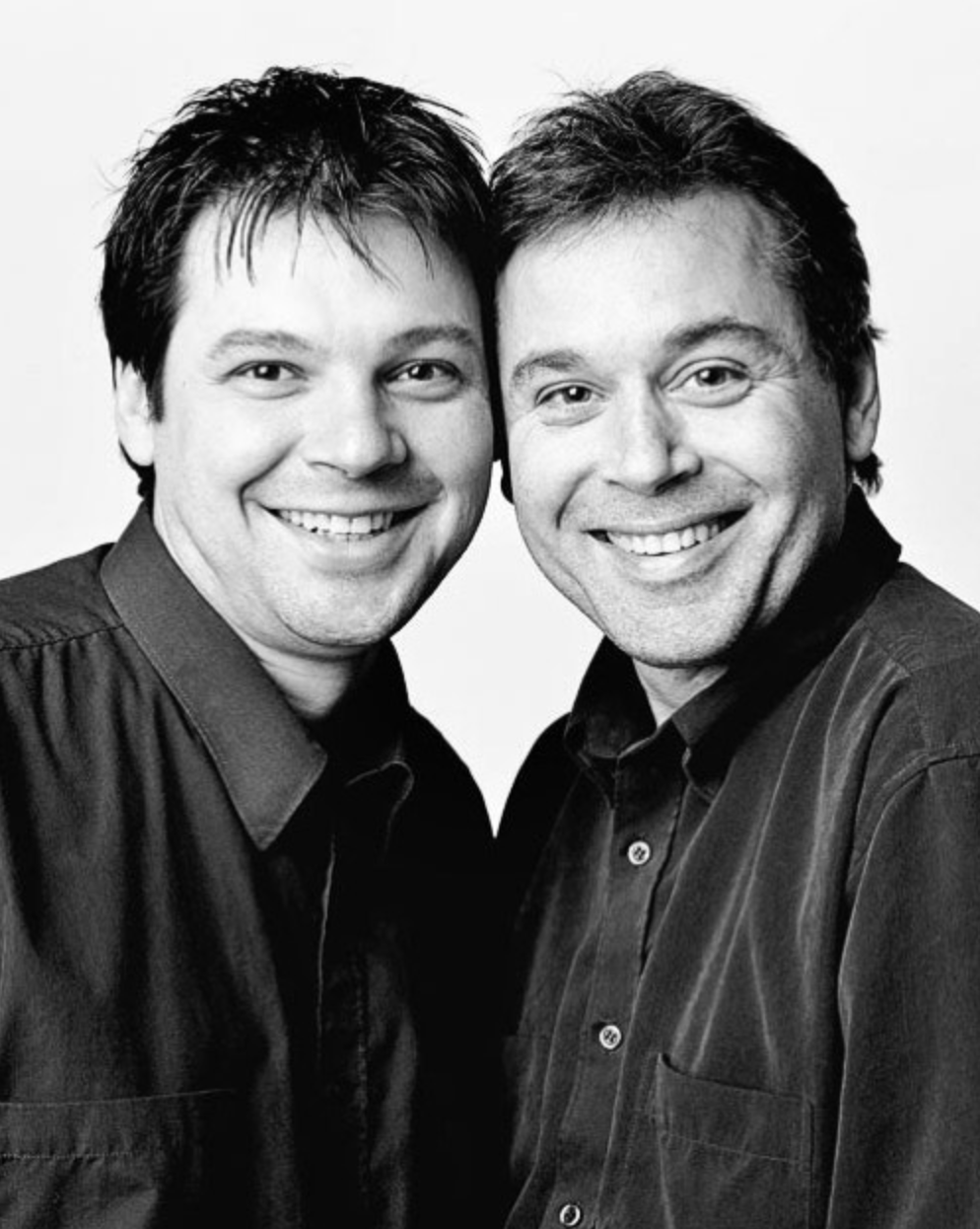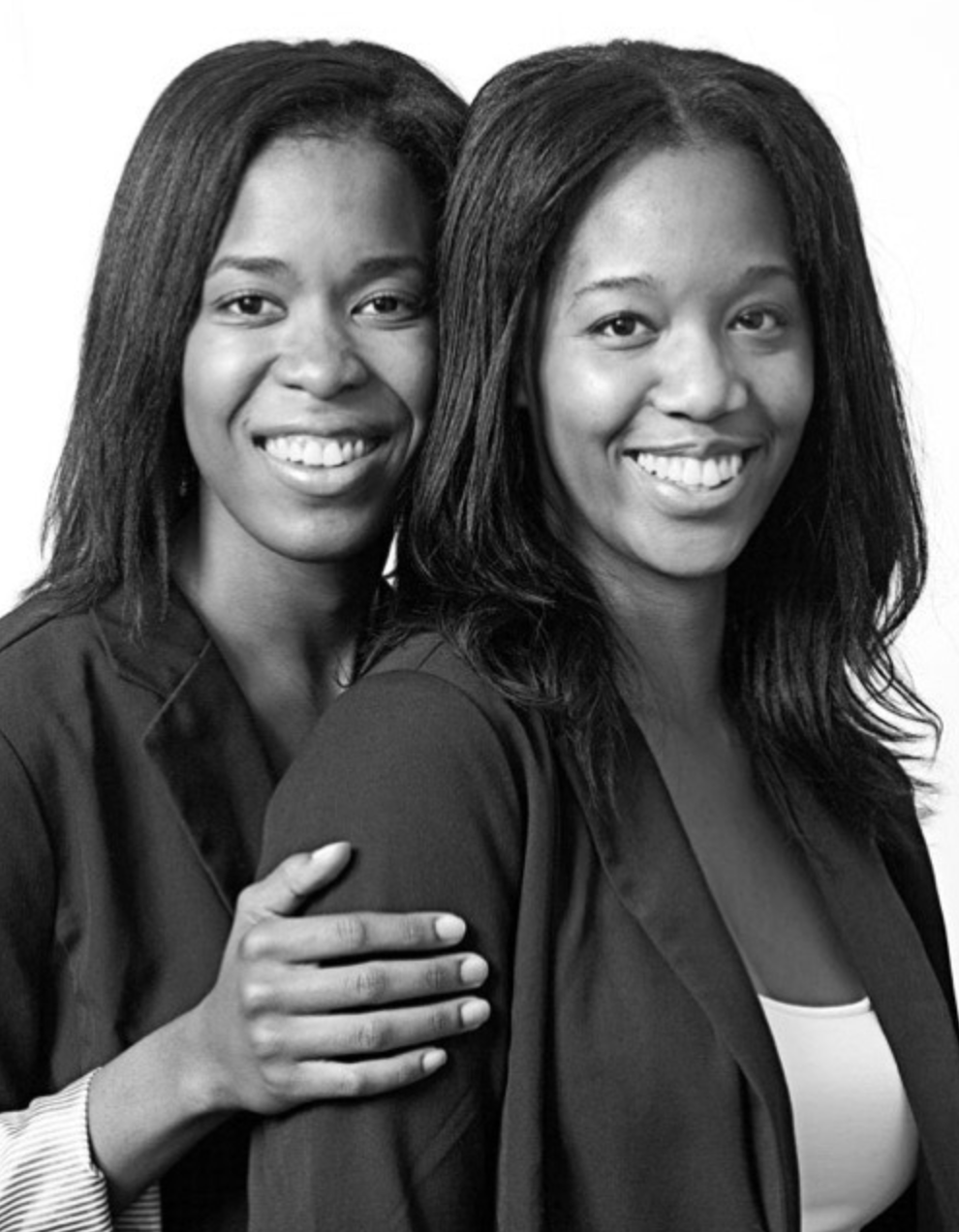Doubles crop up constantly in pop culture, from Dostoevsky’s The Double to Star Trek’s Mirror Universe, to Us’s Untethered to, at a push, Will Smith being hunted by a clone of himself in Gemini Man, or Wolverine being killed by X-24 in Logan.
But why is the idea of seeing another version of ourselves so compelling? Someone who looks exactly the same yet just… isn’t us?
“The doppelgänger as a concept has been around in the belief systems of a number of cultures for a long time,” says Mark Norman, folklore researcher and host of The Folklore Podcast. “The term itself was only introduced in the late 18th century, first appearing in a novel by German author Jean Paul. Translating literally as ‘double-goer,’ it’s more properly thought of in folklore terms as the apparition of someone still living to that person.”
This idea of a supernatural extra you crops up all over the world, says Norman. “Myths and legends pertaining to spirit doubles may be found in Ancient Egypt (the ka being a part of the soul, seen as a spirit resembling the physical form of the person), and in Norse beliefs in the form of the vardoger, as well as in many other cultures since these older origins. We find a similar idea in the folklore surrounding fairies and changeling children across Europe and also in the ‘fetch’ of Irish and English sources.”
And it’s generally bad news. “The mythos of the doppelgänger is most commonly that it is portentous,” he says. “The fetch certainly signaled death, while fairies exchanged sickly children of their own type for healthy human babies.” So, traditionally, in most cultures seeing your double leering at you could well mean you were likely to die soon, or some other bad shit was coming. Poet John Donne reportedly saw his wife Anne’s double the day their daughter was stillborn — Anne herself died five days later.
“I saw my doppelgänger,” says George, an Australian man in his 30s. “I was walking home one night, having just moved into a new place after a break-up, and glanced down an alleyway and there I was, grinning back at myself. I kept walking, fucking terrified. When I got home, I really, really thought about my life and came clean to myself about how much I was struggling.”
George doesn’t believe there was an actual real physical double there. “I think it was just my subconscious using brute force to make me confront my situation,” he says. “The doppelgänger was, like, my cue to admit I was broken and start trying to rebuild my life.”
Portents of doom and symptoms of psychological issues notwithstanding, in more recent times the word has come to be used to refer to an identical stranger in the living world, rather than anything supernatural.
I found my literal doppelgänger just now wtf pic.twitter.com/dphk7LodtJ
— santana (@santanaa_g) September 24, 2016
There’s a long-standing belief that everyone has seven doppelgängers walking around out there somewhere, and depending on how strict you are on ‘identicalness’ there could be a lot more. There’s certainly a difference between completely identical strangers (which an Australian study found was so unlikely that there was only a 1 in 135 chance that there was a single pair on earth) and people who look enough alike that they can be mistaken for each other. This latter category is where most “doppelgängers” fall, helped by our habit of focusing on certain characteristics over others. Eyes, mouth, nose and hair do the majority of the work — we’re not primed to pay too much attention to things like ear-height.

Opinions vary as to how many faces there can possibly be, but “a mathematician once told me that there were no more than 200 different types of every facial feature,” says Canadian photographer François Brunelle, who has been working on his ongoing project I’m Not A Look-Alike for over a decade, bringing pairs of identical-looking strangers together for portraits. “That means lookalikes have to appear.”
Brunelle has introduced hundreds of people to their doubles, shooting them in stark black and white to accentuate their similarities. He suggests the reason we find identical strangers compelling is related to simple self-interest. “Every human being is interested in themselves, which is good if you want to survive,” he says. “The idea that someone else may look like us attracts our attention because at the same time it’s fascinating, threatening, comforting and strange.”

When two incredibly similar-looking people meet one another thanks to Brunelle’s project, their reactions vary a lot, with some incredibly enthusiastic and some more stoic. “You can feel some nervousness every time when they meet, but then, very quickly, the lookalikes relax because the other person definitely looks familiar and in no way represents a threat,” he says. “It’s safe territory.”
Social media makes it easier than ever before for people who wish to find their lookalikes to track them down. There are subreddits dedicated to it, and accidental real-life doppelgänger encounters tend to go all over the place — e.g., these two bearded strangers meeting one another on a plane ended up everywhere from the Guardian to the Today Show.
Guy on right is the husband of my friend @elrottencrotch. Guy on left is a STRANGER he met on a flight last night! pic.twitter.com/kwBFOOEoMc
— Lee Beattie (@leebeattie) October 30, 2015
Dublin-based startup Twin Strangers has the sole purpose of finding people’s doubles. While initially it worked by people choosing their attributes from various lists and being matched with applicants with similar features, now it uses facial recognition to pair up people. The site was set up by a TV production company and got an early boost when Niamh Geaney, one of the first three subjects recruited to try and find their doubles, found an eerily similar-looking woman just a few miles away, and the video of their meeting went viral.
“We were suddenly getting 10,000 messages a day on Facebook from people saying, if we did it for Niamh, could we do it for them?” says Philip Kampff, Twin Strangers’ managing director. “Now, if you put your face on there, within 10 seconds you’ll be compared to three million other faces and presented with the ones most similar to you. Some people do it out of pure curiosity, but some do it because they’re adopted and wonder whether there might be someone out there that they’re related to. Some of them make friends and stay in touch, while some just meet once, and it’s a bit of fun and a good photo and then they part company.”
Kampff insists the site wouldn’t be of any use if, say, you wanted to swap lives with an identical stranger a la The Prince And The Pauper. “We initially, naively, thought we could do that, find Tom and John or whoever and send Tom into John’s house to get told off by his mother. But Tom might be three inches taller, you know? John could, though, go into a pub and order a drink, then pop outside, and Tom could go in and drink it and the barman would be none the wiser.”
Twin Strangers are quite open about using makeup and clothes to enhance the similarities when they film meetups. “You can find someone who looks very similar to you, but people will still be able to tell the difference. You’re not going to find someone who’s completely identical to you,” says Kampff. “I’ve been in the company of [novelty identical-twin pop duo] Jedward, and they’re genuine identical twins and I can’t tell them apart. There’s a big difference between identical twins and doppelgängers.”
Some groups of people are more likely to find their doubles than others — male doubles are rarer, while young, attractive women are more likely to be perceived as looking similar. But would we even recognize our doppelgängers if we saw them? All but the most ardent of selfie enthusiasts are more used to the flipped version of their face presented in the mirror, and science shows that, due to a psychological phenomenon known as “self-enhancement,” we tend to perceive ourselves as more attractive than we really are.
“We have a necessary level of ego that blinds us to things other people mightn’t be blinded to,” says Kampff. “Sometimes we’ll find a match for someone and it’s amazing. Everyone in the office sees it and agrees, they’re the spitting image. Then we send it out to the person and they’re deeply offended.”
Maybe you’ve seen your double and not recognized them. Maybe last time you saw a friend on the other side of the street and shouted at them to no response, it wasn’t them. Maybe one day you’ll be confronted with an identical version of yourself, and you’ll briefly stare, terrified, into a face you know so well — a face at once familiar and alien, both you and something deeply other, gazing back at you in a way that leaves you in no doubt that the end is coming.
Or, y’know, maybe we just all kinda look alike.

